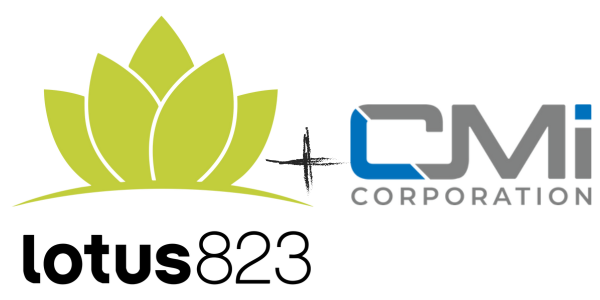We previously provided tips for launching a crowdfunding campaign, but getting the funding your project desires is only half the battle. What happens during the process and once you get backing will impact the public’s perception on the project and, in turn, your company.
Best Practices for Your Crowdfunding Campaign
1. Market Your Project
One of the most important things to do when receiving your funding is getting your name out there to more than just your contributors. It could be using public relations to distribute a press release and get attention that way. It could be using SEO to optimize your project’s website and/or crowdfunding page, so more people can find you online. It could be utilizing social media to share your company’s story and updates with followers, as well as interact with potential customers.
Ideally, it would be a combination of all three since they’re all important components to marketing. A recent CrowdfundingPR blog listed several bloggers, publications and influencers that you can reach out to.
2. Provide Reciprocal Value
We talked about this in our last blog, but it’s a bonus for crowdfunding backers when they receive something for donating their money. One successful crowdfunding example that offered rewards is the Veronica Mars Movie Project. It promised backers that they would get an exclusive T-shirt, a digital version of the movie and more, depending on how much they contributed. The result? They received $5,702,153 when their goal was only 2 million dollars.
3. Avoid Overpromising
The biggest downfall and what brings on the most controversy for crowdfunded projects is when the company overpromises to their backers and they can’t deliver. One example is the Sound Band speakerless headset, developed by Hybra Advance Technology.
Their prototype was a big hit in 2010 when they started their Kickstarter campaign to bring the Sound Band to market. After receiving $547,125 (exceeding their $175,000 goal), an estimated product delivery date of December 2013 was promised. They claimed to be production ready, but there have been numerous issues getting to market. Sound Band has not been brought to market as of present.
4. Communicate With Backers
People who fund your project want to hear updates, whether it’s about how well production is going or if something is awry. It’s hard to admit when things aren’t going right, but people who donated money deserve to know what’s happening. Using Sound Band once again, their response time was very slow to their 3,292 backers, who are outraged over not seeing any product progress. In response, they voiced their opinions on the project’s Kickstarter comments section.
5. Use the Money Logically
Backers expect the people running projects to spend the money wisely. There have been cases where controversy has brewed because of the misuse of funding. The biggest example of this is Amanda Palmer. Take a look at her campaign video about her album, artwork and tour.
6. Show Proof
The biggest way to win over your audience is to prove that the project is credible. This could be through telling the story of how the project came about and what exactly backers will be funding. An example of a project that did this was role-playing game Project Eternity, which raised almost $4 million (over 3 times the amount they asked for).
Take for example Cocomama, a gluten-free food brand looking to expand their product line through a Kickstarter campaign. To generate buzz, they sent out samples of their existing product. As a result, influencers like The Roxx Box gave their endorsement upon trying the product.
What crowdfunding campaign best practices are important to you? Let us know in the comments below!








